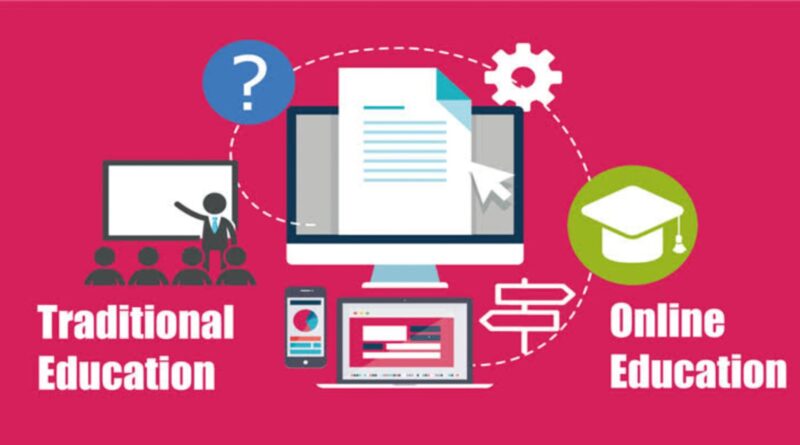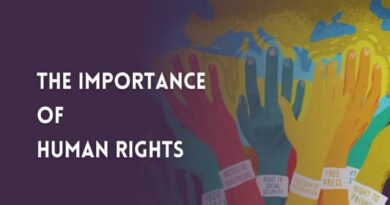Diffence Between online education and traditional education…
Online education and traditional education (also known as face-to-face or on-campus education) differ in several key aspects, including delivery format, interaction, flexibility, and learning environment. Here’s a comparison of the two:
Delivery Format: Online Education: Courses are delivered primarily through digital platforms, such as learning management systems (LMS), video conferencing, and online modules. Students can access course materials, lectures, and assignments remotely via the internet. Traditional Education: Courses are conducted in physical classrooms or lecture halls, with face-to-face interaction between students and instructors. Learning materials may include textbooks, handouts, and visual aids used during in-person lectures.
Interaction: Online Education: Interaction between students and instructors often occurs through online discussion forums, email, video conferencing, and virtual office hours. Collaboration with peers may involve group projects, online forums, or virtual study groups. Traditional Education: Interaction is primarily face-to-face, allowing for real-time discussions, question-and-answer sessions, and group activities. Students can engage with instructors and peers during lectures, seminars, and laboratory sessions.
Flexibility: Online Education: Offers greater flexibility in terms of scheduling and location. Students can access course materials and complete assignments at their own pace and from any location with internet access. This flexibility is particularly beneficial for non-traditional students, working professionals, and individuals with busy schedules. Traditional Education: Typically follows a fixed schedule of classes held at specific times and locations. Students are expected to attend lectures, seminars, and other on-campus activities according to the established timetable.
Learning Environment: Online Education: Learning takes place in a virtual environment, where students interact with digital content, multimedia resources, and online learning tools. The learning experience may vary depending on the quality of the online platform and the level of engagement from instructors and peers. Traditional Education: Learning occurs in a physical environment, such as classrooms, laboratories, libraries, and campus facilities. Students benefit from face-to-face interactions with instructors and peers, as well as access to campus resources and extracurricular activities.
Instructional Methods: Online Education: Utilizes a variety of instructional methods, including multimedia presentations, interactive simulations, online quizzes, and asynchronous discussions. Instructors may employ techniques such as flipped classrooms, peer learning, and multimedia presentations to engage students in online courses. Traditional Education: Relies on traditional instructional methods, such as lectures, discussions, demonstrations, and hands-on activities. Instructors may use a combination of teaching strategies to accommodate different learning styles and preferences.
Assessment and Evaluation: Online Education: Assessment methods may include online quizzes, exams, written assignments, discussion participation, and group projects. Instructors may use online grading tools and plagiarism detection software to evaluate student performance. Traditional Education: Assessment methods vary but may include in-class exams, quizzes, essays, presentations, laboratory reports, and practical demonstrations. Instructors may provide feedback orally or in written form during face-to-face interactions with students.
Both online education and traditional education have their advantages and limitations, and the choice between the two depends on factors such as individual learning preferences, lifestyle, access to resources, and educational goals.



